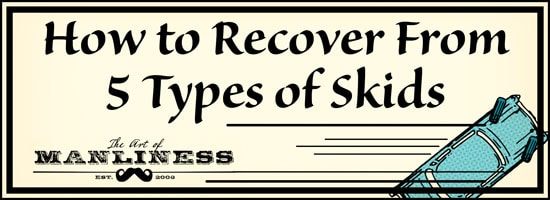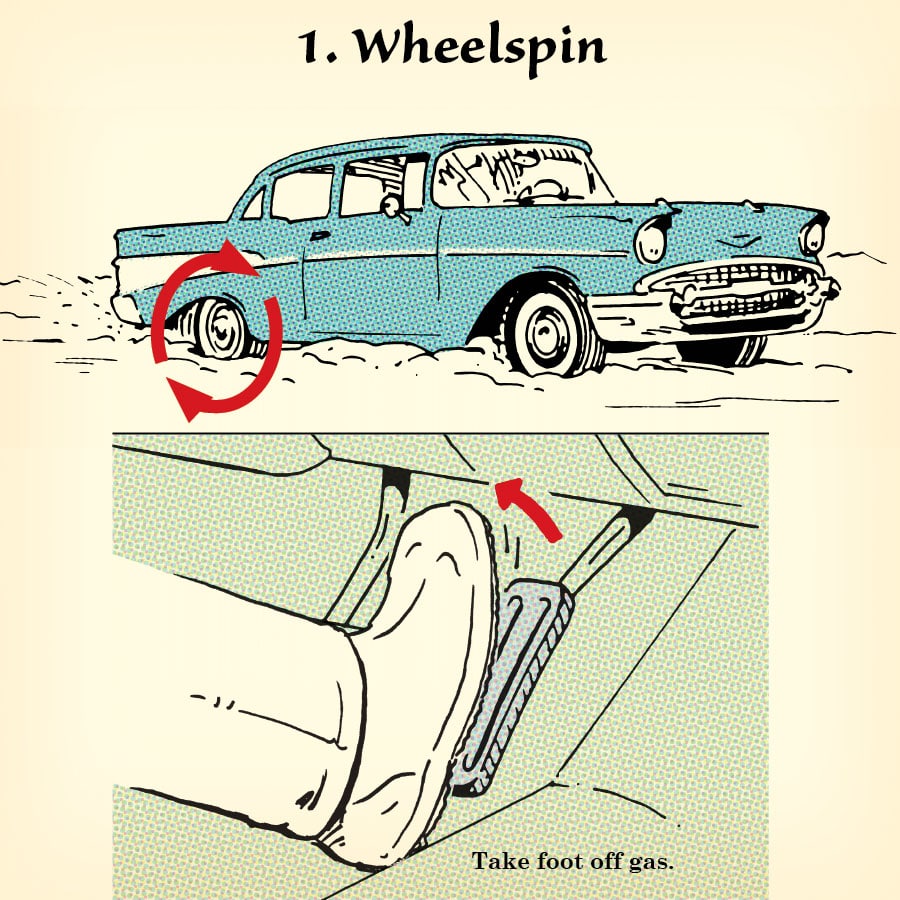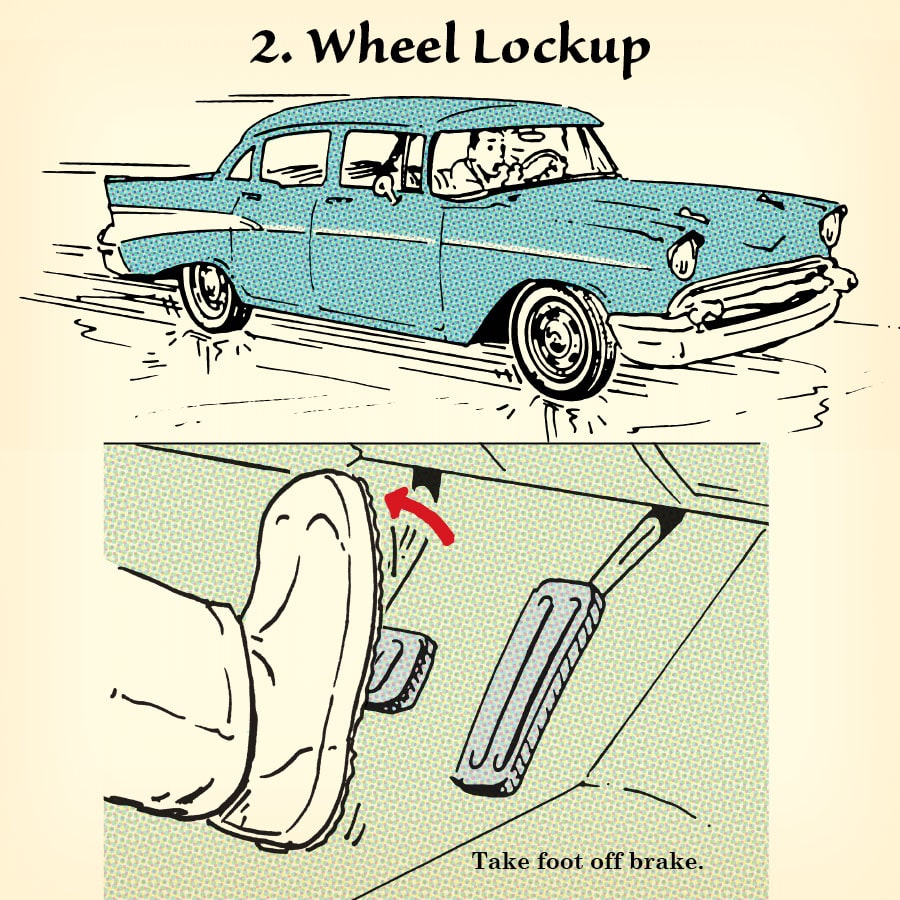From the New York Times:
East Coast Storm Brings Snow and Disruptions to the New York Region
New Yorkers are used to a lot of overheated discussion about impending snow.Storms get silly names, meteorological phenomena are dissected, and the airwaves are saturated with stories of people running out to buy shovels and salt.But the winter storm that swept up the East Coast on Tuesday, just after the long weekend for Martin Luther King’s Birthday, seemed to catch many by surprise, both for its timing and intensity.“I didn’t expect this at all,” said Mary Catherine Hughes, 22, who was standing near a subway entrance at Union Square holding an umbrella that was all but useless as wind whipped around her. “It’s horrible. Snow is cute for only a little bit.”The storm, which was expected to dump up to 14 inches of snow on the city by Wednesday morning, grounded thousands of flights in the region and made the commute home treacherous for millions of workers. At a news conference on Tuesday evening, Mayor Bill de Blasio said the storm had intensified since initial forecasts.
So we thought this appropriate.
From The Art of Manliness:

Editor’s Note: This is a guest post from Wyatt Knox from Team O’Neil Rally School.
With winter comes a whole new range of driving hazards — darkness sets in much earlier, wind and snow reduce visibility, and ice makes roads slippery and treacherous. Annually, there are over 100,000 injuries that occur from car accidents on snowy or icy pavement. If you live in an area where snow is a winter reality (roughly 70% of the U.S. population lives in areas that average at least 5 inches of annual snow), then it’s vital to have the skills necessary for driving safely in inclement conditions. One of those skills is how to recover from a skid. The feeling of losing control of one’s vehicle can be quite scary, and it’s easy to panic and make the wrong moves if you don’t know what to do.
Below we outline the 5 most common types of skids on wintery pavement, and how to recover when they happen. In general, if you stay calm, restrain yourself from making drastic movements, and follow the tips below, you’ll be able to safely travel the nation’s highways and byways throughout the winter months.
1. Wheelspin

Wheelspin occurs when you try to accelerate too abruptly or enthusiastically for the available traction. The tires will start to spin at a faster rate than the vehicle is actually traveling, which can lead to different outcomes depending on whether the vehicle is front, all, or rear-wheel drive. The cure for wheelspin is simple: just back off the throttle until the tires regain traction, and try ramping it up more slowly and cautiously next time. This makes wheelspin a very easy litmus test for how much grip you actually have. For example, intentionally hitting the gas while leaving your driveway on a snowy day to see how easily the tires spin is like dipping your toes into a pool to test the temperature.
Wheelspin is generally to be avoided in turns, but can often actually work to your advantage when moving in a straight line. On pavement or glare ice, there is no real benefit to spinning the tires, but we need to think of the road surface as three dimensional in many cases. Say you have a few inches of snow on top of a good paved or gravel surface; spinning the tires will chew through the fluff and catch good traction on the underlying surface, which can often make the difference between getting up a snowy hill or sliding back down. The same is true in mud or anywhere else there is a slippery material on top of a hard, grippy material.
Traction control in some vehicles will not allow your tires to spin in this fashion. It will either cut the throttle, apply brakes to the spinning wheels, or both. This might mean that your vehicle can’t make it up slippery hills or even get out of your parking space if there’s snow. Try the same thing with the traction control off and you might find that you have no problem at all.
2. Wheel Lockup

Wheel lockup occurs when you try to brake too aggressively or suddenly for the surface you’re on. The tires will essentially stop turning while the vehicle is still moving. The solution is thankfully very simple: release the brakes until the tires start to turn again. You may need to release the brakes completely, and try braking again more softly and progressively....MORE
You may find that you can actually brake fairly hard on a slippery road, as long as you do it smoothly. If you suddenly go from 0% to 50% brake on the snow, for example, the tires will probably lock up. If you build up the brake pressure slowly and progressively, however, you might be able to brake well beyond 50% on the same surface. Just like with wheelspin, wheel lockup can be a very handy gauge to have in changing conditions. Occasionally test the brakes in a straight line as you’re driving on a slippery road to feel for wheel lockup; this is a good indication of how much grip you’re working with.
Wheel lockup can also be an advantage in a straight line, in the same conditions that spinning the tires would have benefit. On a loose surface, locking the tires will scuff away the top surface, often digging in and plowing the soft stuff out of the way to find better grip. On snow, gravel, and especially sand, locking the tires up can stop the vehicle very quickly.
Anti-Lock Brake Systems (ABS) will not allow your wheels to lock up; they’ll pulsate brake pressure at all four wheels so that the tires keep turning. This means that on a loose surface, your car may not decelerate very well, and you’ll need to leave extra braking and following distances to compensate.
3. Understeer...